Should Michelin ever be stuck for an idea for the next book in its popular I-Spy series, it could do worse than speed cameras.
There are about 20 types, both fixed and mobile, some more common than others. They are rarely far from the headlines, either, with the newest model, called the Redflex Hadecs 3 (‘Hadecs’ stands for Highways Agency Digital Enforcement Camera System), attracting more than its fair share of them in recent weeks.
At present, the cameras are confined to so-called ‘smart’ sections of the M25 between junctions five and six, near Clacket Lane services, and 23 and 27, between the A1(M) and the M11.
Many more will be installed over the next two years as the smart network, characterised by up to five running lanes, including the former hard shoulder, as well as variable speed limits, expands.
The advantage of a Hadecs 3 camera is that it can be mounted on a roadside pole and scan up to five lanes, whereas its predecessor, the Hadecs 2, which is still in use on motorways with variable speed limits elsewhere in the UK, can photograph only one lane and must be mounted on an overhead gantry.
Like the Hadecs 2, the Hadecs 3 cameras are painted an inconspicuous grey, rather than yellow, causing them to be branded ‘stealth’ cameras. (Critics seem to have forgotten that Hadecs 2 cameras are also grey.) They use a combination of radar and a system that monitors the variable speed limit applying at the time and alters the camera’s operating threshold.
Hadecs 3 cameras are permanently active, even when the variable speed limit returns to 70mph. It’s this feature that has caused concern among motoring groups. The Hadecs 3 cameras at Clacket Lane services on the M25 went operational on 22 October last year and, according to Kent Police, they had caught 1861 speeding motorists by 21 February.
However, because the cameras remain active when the variable speed limit is lifted, that figure included 799 motorists who had exceeded 70mph.
Keith Fairbank, a press officer at Kent Police, said it was likely that many more drivers had been caught exceeding the limit but that police had decided only to penalise the most serious offenders.
Guidance issued by the Association of Chief Police Officers (ACPO) is to prosecute in cases where the driver is caught exceeding the speed limit by 10% plus 2mph.
Ian Patey, head of profession for intelligent transport at Mouchel, a consultancy that advises the Highways Agency on installing and operating speed cameras on smart motorways, said the aim of the new Hadecs 3 cameras wasto help encourage motorists to adhere to the speed limits and to keep traffic flowing.


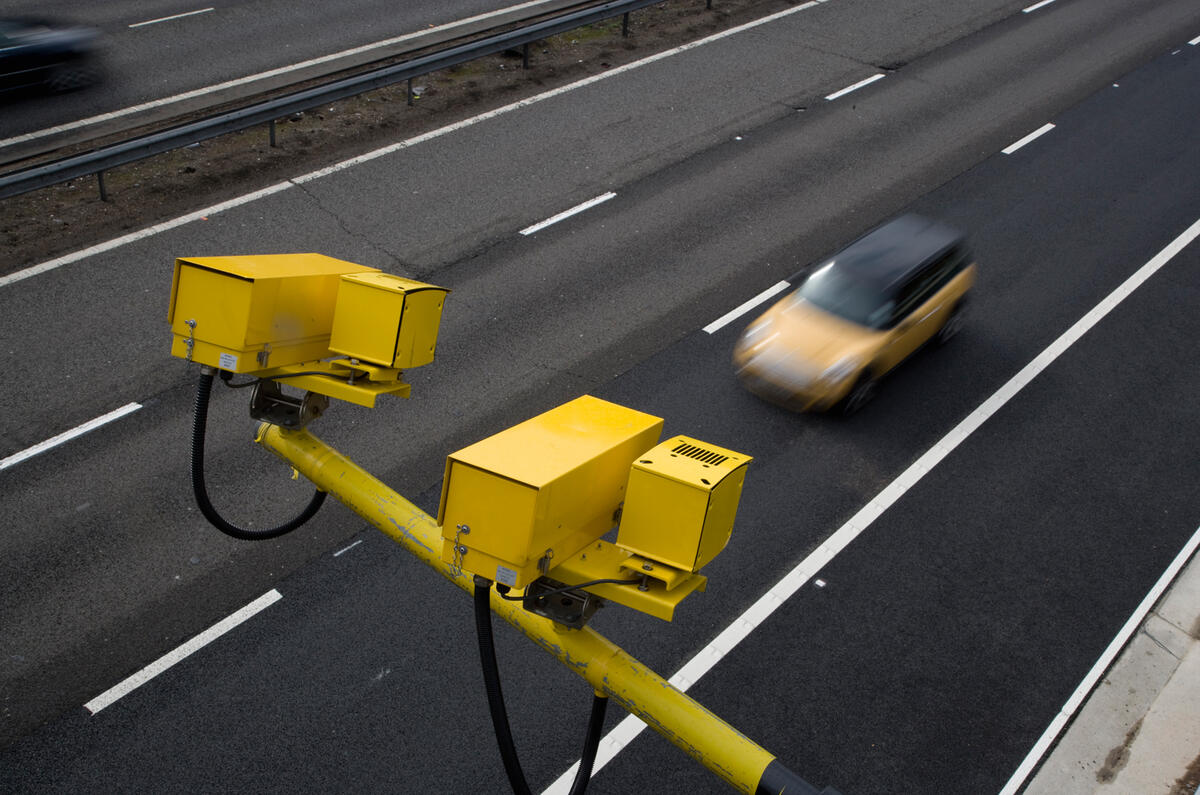
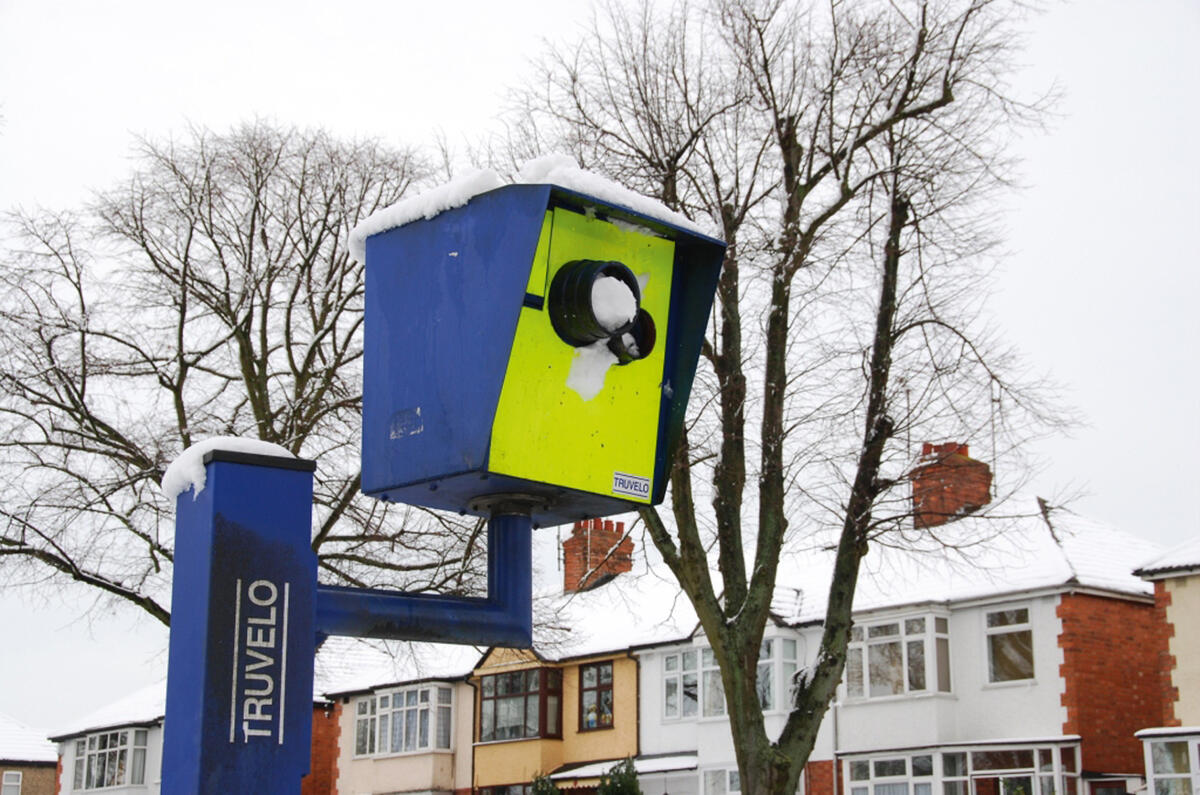


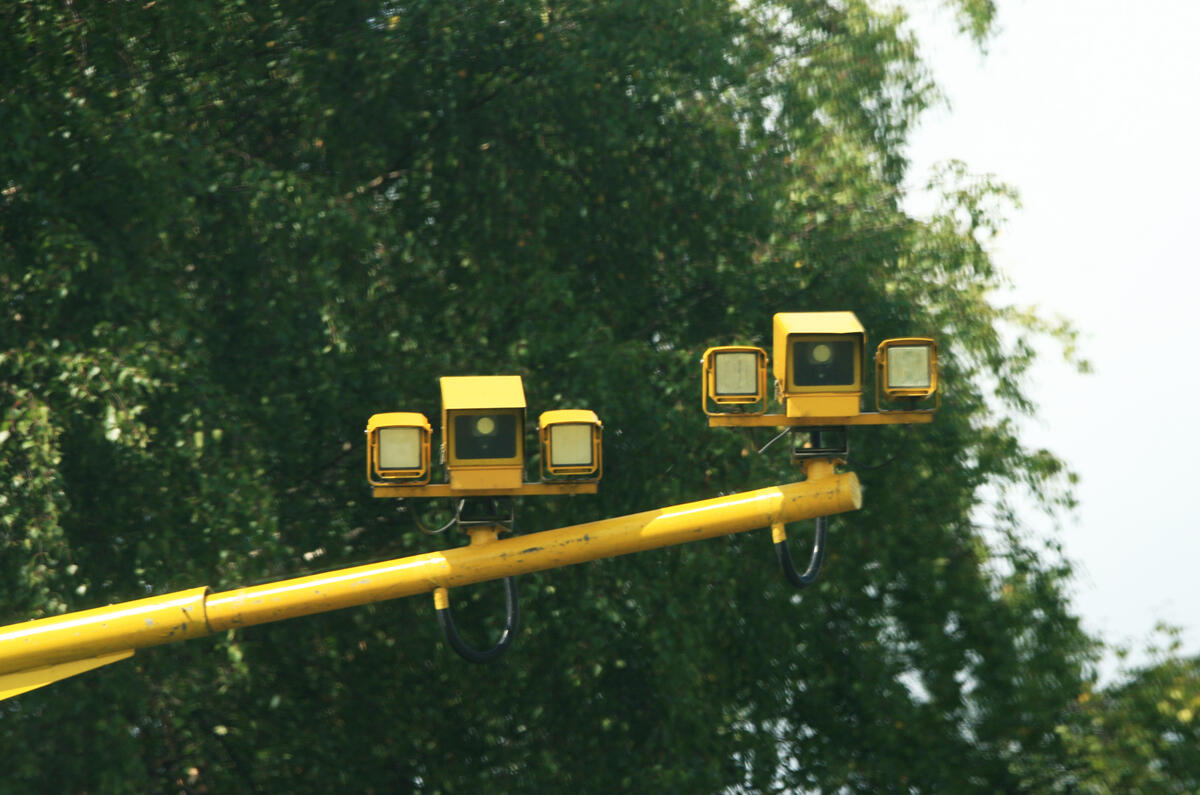

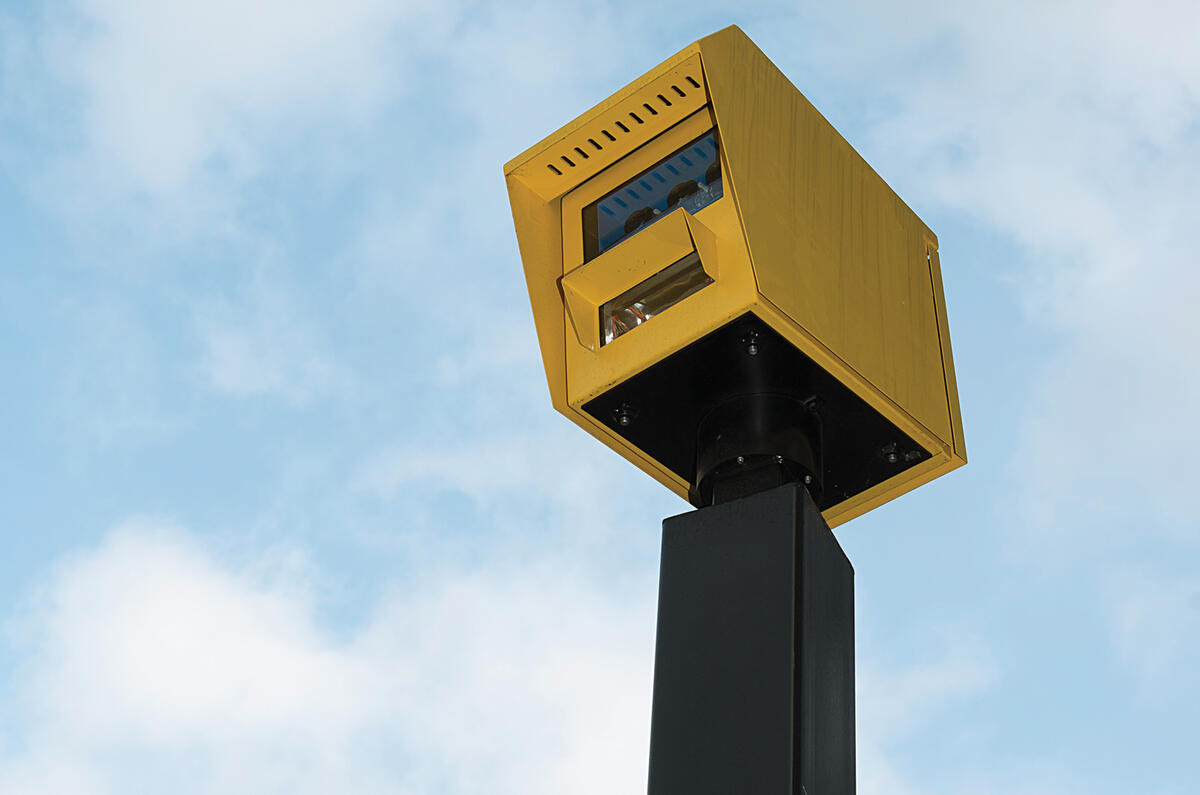


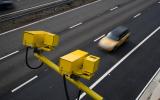











Join the debate
Add your comment
IF.....?
Peter Cavellini wrote:If
Hopefully by then I will have hung up my car keys...
School zone speed limits
Will they ever be removed? Of course not.
i have also noticed that -